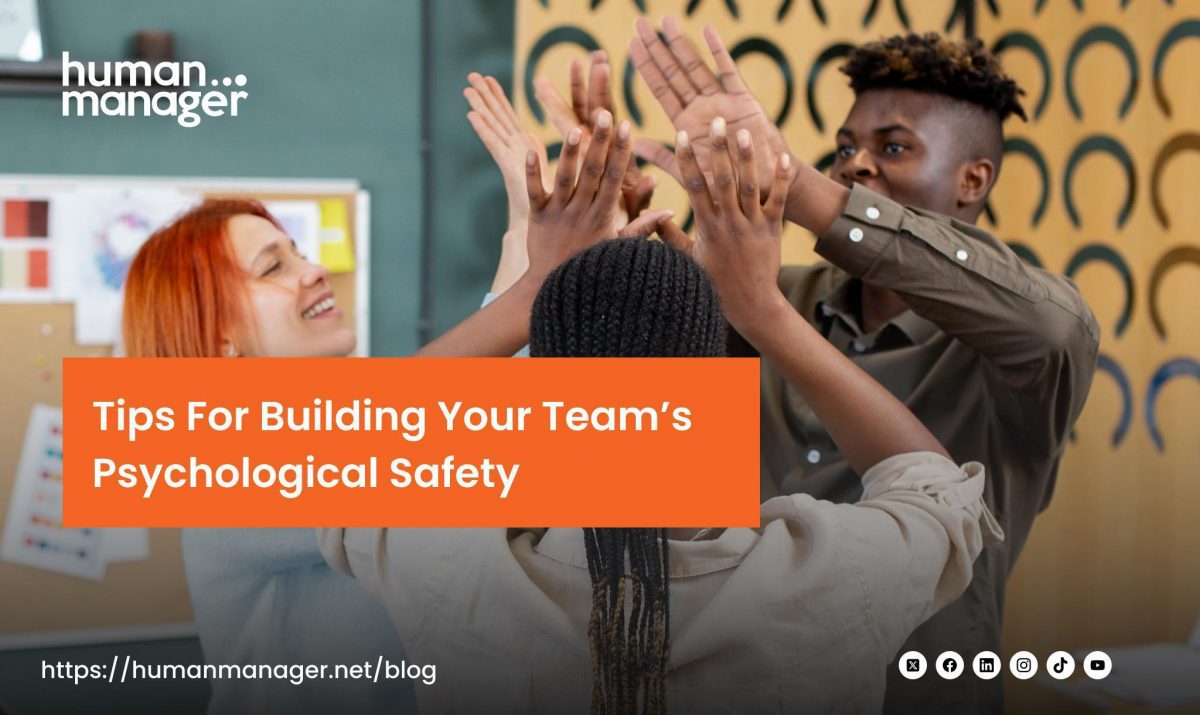By Helen Akhidenor
Psychological safety is the shared expectation among employees that they will not be embarrassed, rejected, or punished for sharing ideas, taking risks, and seeking feedback. It does not mean that everyone is nice to each other all the time. Instead, it encourages open dialogue, honest feedback, and constructive conflict resolution, ensuring that everyone feels valued and heard.
Psychological safety directly impacts an organisation’s bottom line. It is, however, harder to build psychological safety in a hybrid or remote work environment because interactions are primarily virtual. These then present unique opportunities for leaders to forge connections through intentional and authentic communication.
Read on to discover tips to build your team’s psychological safety:
- Prioritise Learning Over Execution
When projects fall short, pause to analyse the situation rather than rushing to fix it. See setbacks as valuable learning opportunities that can fuel team discussions and collective problem-solving. This approach fosters an open dialogue devoid of shame, empowering team members to speak candidly about challenges.
- Encourage Experimentation
Innovation thrives on the willingness to explore new ideas. Promote a culture where taking risks is welcomed and define success in terms of hypothesis testing rather than certainties. This mindset not only encourages creative thinking but also reduces the fear associated with failure, making team members more likely to share bold ideas.

- Foster Curiosity
As a leader, demonstrate curiosity by asking questions that challenge the status quo. This behaviour not only initiates meaningful conversations but also establishes an environment where vulnerability is accepted. When leaders show that they too have room to grow, it encourages team members to embrace their learning journeys.
- Own Your Mistakes
Acknowledging your fallibility is essential for promoting psychological safety. By transparently discussing your errors and taking ownership, you set an example for your team. This openness cultivates an atmosphere where team members feel comfortable admitting their mistakes and learning from them collectively.
- Nurture Team Values
Clear values and norms are integral to maintaining psychological safety within the team. Create a shared mission statement that outlines the principles your team should follow. Regularly revisit these values to ensure they resonate with evolving team dynamics and encourage accountability to uphold them.

Building a psychologically safe team is a continuous journey that requires commitment and effort from leaders. By implementing these practical tips, you can create an environment where team members feel empowered to express themselves, take risks, and contribute to the organization’s success.
Remember, fostering psychological safety not only enhances team dynamics but also drives innovation and performance, ultimately leading to a thriving workplace culture. Embrace the challenge and watch your team flourish.
Equip HR and managers with tools to engage, recognize, and drive performance. Explore HumanManager
